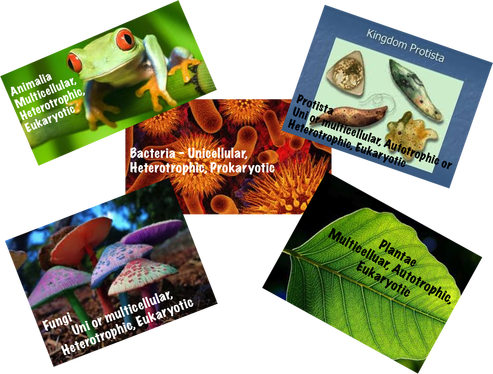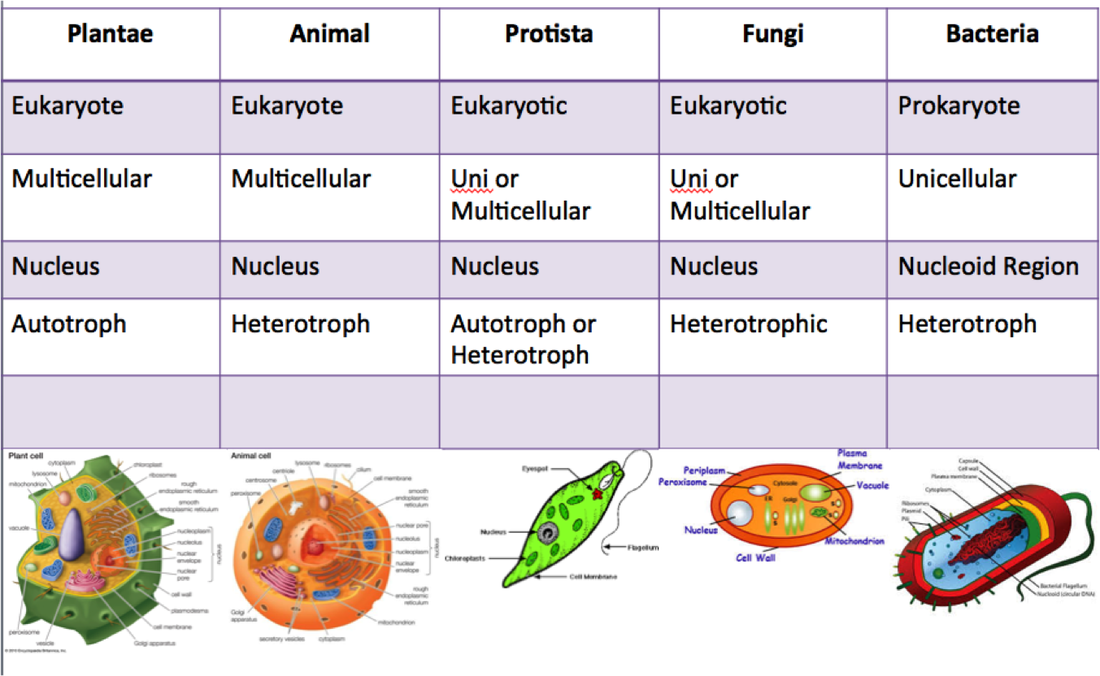Prokaryote vs Eukaryote
6.12.D identify the basic characteristics of organisms, including prokaryotic or eukaryotic, unicellular or multicellular, autotrophic or heterotrophic, and mode of reproduction, that further classify them in the currently recognized kingdom.
|
|
|
|
|
|


